If you want an effective light therapy session, you must have an effective dose. That requires:
- A light that is relatively powerful (i.e. has an ideal “power density”)
- Ideally, a light that can treat a large area of the body at once
- An understanding of the optimal duration of time using the light to get the right total dose
Light therapy dose is calculated with this formula:
Power Density x Time = Dose
Fortunately, most recent studies use standardised units to describe their protocol:
- Power Density in mW/cm² (milliwatts per centimeter squared)
- Time in s (seconds)
- Dose in J/cm² (Joules per centimeter squared)
Getting the proper dosage of red light therapy is absolutely important. Many studies actually find no results from red light therapy when it is used incorrectly. To get the desired therapeutic results, it's necessary to adhere to appropriate dosing guidelines for your particular issue.
Let’s talk about the power density of the light first
Most studies showing benefits of red/NIR light therapy used light outputs of 20-200mW/cm2.
This is basically a measurement of power density – how much power the light is emitting (in watts) over how big an area.
To put that in different terms, if you shine the light on your body (let’s say, for the sake of ease of calculation, that it’s an area of 50cm x 40cm, which equals 2,000cm2)
And the light you’re using is 200 watts (which is 200,000mW), then you have 200,000 mW/2,000cm2 = 100mW/cm2
That’s a great power density.
This is presented in an excessively simple way for the sake of clarity. In reality, there are factors that make this calculation much more complex, like the fact that actual wattage differs from claimed wattage for most lights, and the distance away from the light dramatically changes the power density, among other factors.
Overall, the device needs to emit light above a certain power density (light intensity), needs to be at the right wavelengths, be at the proper distance away from your body, and ideally, needs to be physically large enough to emit light over a large portion of your body.
But for simplicity, let’s leave all these nuances of the calculations out of it.
The next part of the equation is how long you should apply the light. The dose (duration of exposure) is calculated by:
200.000mW / 2000cm² = 100mW/cm²
Dose = Power Density x Time
So all we are doing is taking that number we already have (mW/cm2) and then the “dose” can be calculated once you know how long you should apply that light for. Here’s the equation you need to calculate the dose:
mW/cm2 x time (in seconds) x 0.001 = J/cm2
Here’s the critical piece of information you need to know:
Depending on whether you’re treating superficial areas like the skin or surface wounds or deeper tissues like muscles/organs, etc., you want different doses.
Here are some sample calculations to show you how this works:
- 20mW/cm² applied for 50 seconds gives 1J/cm²
- 50mW/cm² applied for 20 seconds gives 1J/cm²
- 75mW/cm² applied for 15 seconds gives 1J/cm²
- 100mW/cm² applied for 10 seconds gives 1J/cm²
These units of mW/cm² and seconds give a result in mJ/cm² – just multiply that by 0.001 to get in J/cm². The full formula, taking into account standard units, is therefore:
Dose = Power Density x Time x 0.001
Distance from light
- It is advised to begin cautiously with shorter sessions at a specific distance.
- The closer you are, your session will last a shorter time and cover a smaller surface area.
- If you stand farther away, you can cover a greater area, but more time will be needed.
For superficial skin issues ( Pro300 as an example)
Skin requires between 60-90 joules of red light therapy (660 nm) every session, which you can obtain by doing the following:
|
Distance |
Time Range |
|
3" (7 cm) |
10-16 minutes |
|
6" (15 cm) |
15-25 minutes |
|
12" (30 cm) |
30-45minutes |
- You should place yourself between 3and 12 inches away from the light if you're using red light for anti-aging or general skin health.
- To get the most benefit from more specialized therapeutic or medical uses, such as healing wounds, scars, and sores, or promoting hair growth, you should position yourself closer-between 3" and 6".
For deeper issues( Pro300 as an example)
You need between 120-180 joules of near-infrared light (850nm) to treat deeper tissues like muscle, brain, bones, tendons, glands, joints, fat, etc.
The following rules should be adhered to:
- 3 inches away from red light: 25-35 min.
- 6 inches away from red light: 40-50 min.
To sum up: With skin/surface treatments, you want to be further away from the light, which lowers the light intensity and covers a broader area of your body for an overall lower dose. With deeper tissues, you want to be closer to the light, which increases the light intensity for an overall higher dose.
Monitor your Progress
- Monitor your progress regularly and adjust according to requirements.
- Make a note of any changes or advancements in your health.
- If needed, adjust the dosage depending on how your body reacts to the therapy.
Bestqool Red Light Therapy
Most RLT users are always in quest of high-quality red-light therapy devices, and this is especially true for Bestqool, as they provide a FDA class-II cleared, durable, and versatile variety of RLT unique devices. You can choose red light devices that are compatible with your lifestyle and health status. Definitely, you will never regret spending a few hundred dollars on a reputable brand of RLT device to stay fit. Bestqool's never-ending quest for better health is committed to bringing more advanced red light therapy-based health solutions in the future.
Conclusion
To sum up, red light therapy is an emerging and effective treatment method with numerous advantages of safety, wide application, low trauma, high selectivity, and adjuvant treatment compared with traditional pharmacological drugs. More scientific research is under construction to unleash RLT's potential in health and wellness.
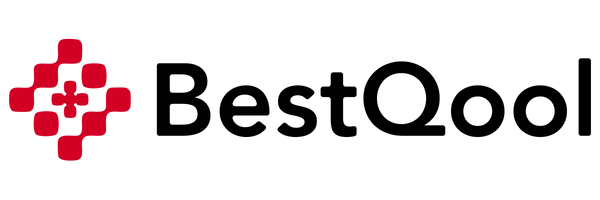


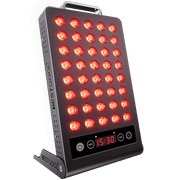








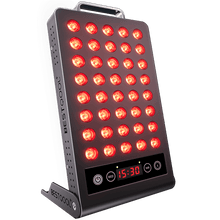
 Small
Small
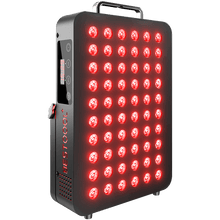
 Moderate
Moderate
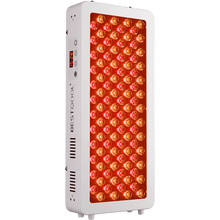
 Moderate
Moderate
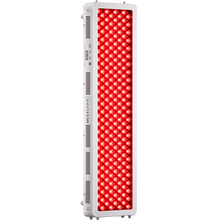
 Moderate
Moderate
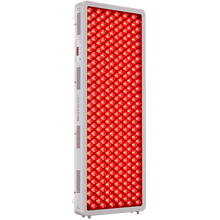
 Full
Full



